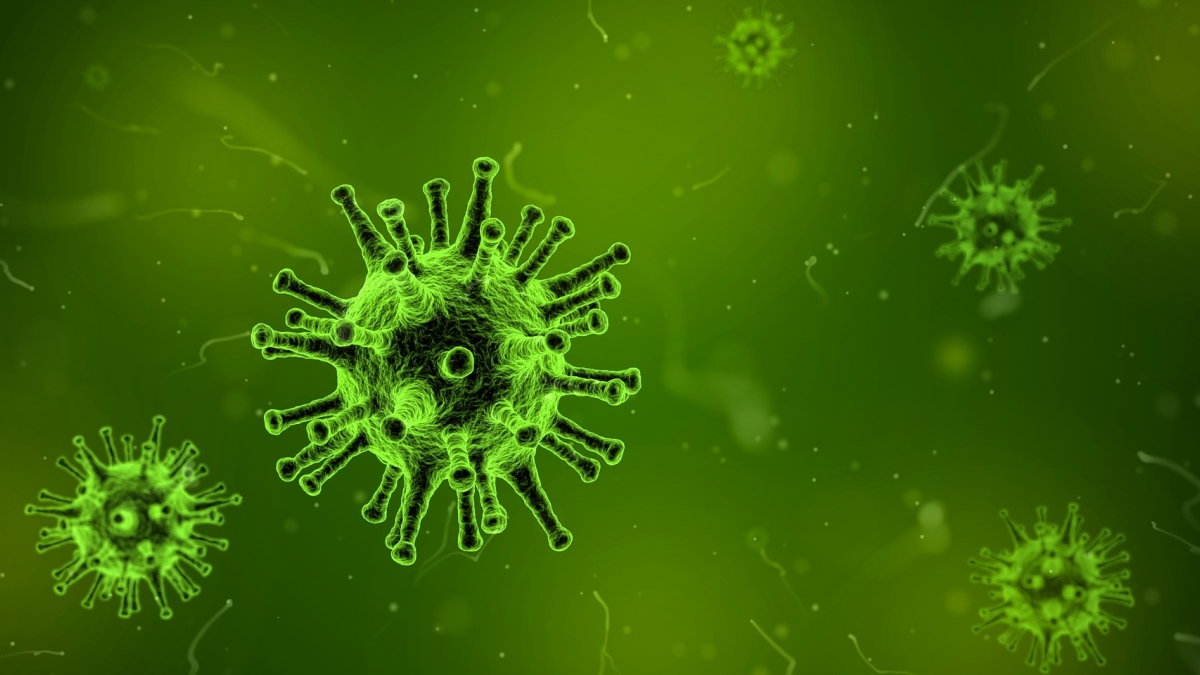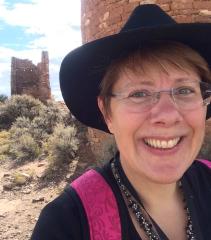From stately cruise ships to Olympic host cities, recent headline-grabbing outbreaks prove that norovirus — an incapacitating and vaccine-less stomach bug that causes vomiting and diarrhea — can strike anywhere, anytime.
Yet it often does its nastiest work on the road, where travel and close quarters mix with limited awareness and ability to control the spread. So how can you avoid letting norovirus turn your next dream trip into a nightmare?
According to a new study by Arizona State University applied mathematicians in Royal Society Open Science, the most effective method is also the simplest: washing your hands.
Modeling virus spread
Scientists and health officials know that norovirus spreads from person to person, and have long suspected that people can also catch the illness from touching a contaminated surface.
But to find real answers, the researchers created a math model that actually tracks different ways that norovirus spreads, and which one infects the most people. They refined their model by fitting it to data from a real-world outbreak — in this case, the daily number of cases among crew and passengers over the course of two cruises.
Sherry Towers is the lead author of the study.
“The data from the two groups gave the model the sensitivity it needed to be able to figure out the relative roles of infected surfaces and people in transmitting the illness,” said Sherry Towers, the study’s lead author and professor at the Simon A. Levin Mathematical, Computational and Modeling Sciences Center, an affiliated research center of the School of Human Evolution and Social Change.
Graduate students in the school’s applied math for the life and social sciences program contributed to the study for a class publication project in one of Towers’ courses.
“I’ve found that by applying the methods they learn to a real-life problem and writing up the findings in a publication, students really understand course material and develop as scientists,” Towers said.
Under her direction and that of Simon A. Levin co-director and Professor Yun Kang, students Jun Chen, Carlos Cruz, Juan Melendez-Alvarez, Jennifer Rodriguez, Armando Salinas and Fan Yu analyzed and fit the model test results for a series of assignments and collaborated on writing the paper.
“The findings indicate that, although environmental transmission by itself is enough to keep an outbreak going, person-to-person contact is the primary mode of transmission,” Towers said.
This explains why densely populated environments with large common areas like cruise ships, resorts and Olympic villages are the perfect settings for wide-scale outbreaks. But knowing that personal contact is the main way the disease spreads also provides a solution.
How to keep yourself safe
Because aggressive steps like self-quarantine and avoiding people who are already infected often happen too late — or not at all — in these environments, the team’s next step was to compare the effectiveness of different preventative measures, such as hand washing and surface cleaning, in halting the spread.
“It only takes a few virus particles to make you sick, so no matter how stringent the cleaning, it is next to impossible to remove all the virus from contaminated surfaces,” Towers said. “However, since the primary route for infection is hand-to-mouth contact, you can’t be infected if you wash your hands thoroughly before eating or touching your face.”
The model’s ability to explore germ spread and best prevention practices could potentially be applied to other contagious diseases, like the flu. The key is having the right amount, as well as the right kind, of data.
“What made it possible for us to assess norovirus was the fact that we had data for both passengers and crew, for more than one cruise,” she said. “To research other diseases, we would need a similar quality of data, but so far no one has recorded such information for an isolated flu outbreak.”
Given the importance of handwashing in preventing norovirus spread, you can keep yourself safe by following the Centers for Disease Control and Prevention’s recommendation of scrubbing up for at least 20 seconds with soap and warm water before eating food, as well as after using the restroom or touching a potentially contaminated surface.
“When your mother told you to always wash your hands before coming to the dinner table,” Towers said, “she was right.”
More Science and technology

Breakthrough copper alloy achieves unprecedented high-temperature performance
A team of researchers from Arizona State University, the U.S. Army Research Laboratory, Lehigh University and Louisiana State University has developed a groundbreaking high-temperature copper alloy…

4 ASU researchers named senior members of the National Academy of Inventors
The National Academy of Inventors recently named four Arizona State University researchers as senior members to the prestigious organization.Professor Qiang Chen and associate professors Matthew…

Transforming Arizona’s highways for a smoother drive
Imagine you’re driving down a smooth stretch of road. Your tires have firm traction. There are no potholes you need to swerve to avoid. Your suspension feels responsive. You’re relaxed and focused on…



